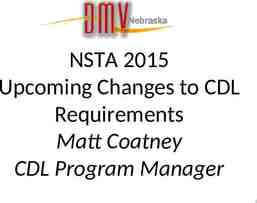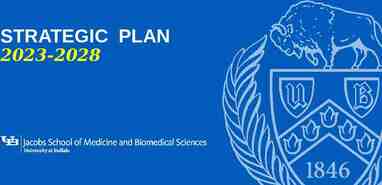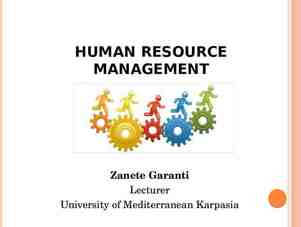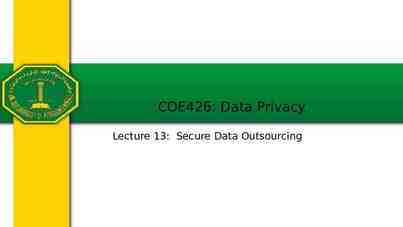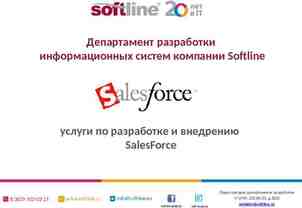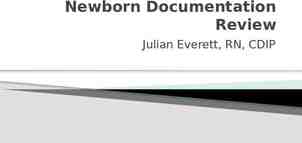Growth Mindset and Language in Mathematics Dawn Hoyt Kidd, Ph.D. Texas
61 Slides3.41 MB

Growth Mindset and Language in Mathematics Dawn Hoyt Kidd, Ph.D. Texas School for the Deaf DeafTEC Mathematics Education Conference Region XIII - Austin, TX November 2018

WHO AM I? Dawn Hoyt Kidd Originally from Miami, FL BS from Vanderbilt University Special Education MA from University of Texas at Austin Deaf Education PhD from University of Texas at Austin Interdisciplinary Curriculum & Instruction - Math Education, Deaf Education, Bilingual Education, etc. Currently - Teacher at the Texas School for the Deaf Have taught MS Mathematics, HS remedial mathematics, Community College Developmental Mathematics

WHO ARE YOU? Teachers Middle School? High School? Post-secondary? Community College? You teach general education classes, and have 1 or more deaf/hh students included in your class? Your students are deaf/hh and use sign language? (ASL? SEE? Other?) Your students are deaf/hh and do not use sign language? Admin? Parent of a deaf/hh student Other? Have you attended other DeafTEC workshops? Project Access?

WHAT RESOURCES DO YOU USE? Textbooks? Other print materials? Technology? Calculators? Other devices? Apps? Other?

WHAT ARE WE DOING HERE? Your expectations:

WHAT ARE WE DOING HERE? My expectations: Discussion amongst all of us Questions from the audience Answers from the audience Attention to each other Cell phones & other devices off Mutual respect Breaks when needed

WHAT IS IT? This material is based on work supported by the National Science Foundation under grant number DUE 1104229. Any opinions, findings, and conclusions or recommendations expressed in this material are those of the author(s) and do not necessarily reflect the views of the NSF.

Goal: More Deaf and Hard of Hearing students going into STEM fields.

WHO CAN BENEFIT FROM DEAFTEC? Students Parents of these students D/HH students Teachers Second language Specialized Schools learners Itinerant Teachers Visual learners Mainstream Teachers Learners with delayed Support Staff processing Sign Language Interpreters Classroom aides Counselors

What is ?

TEN SKILLS YOU NEED TO LAND A STEM JOB Critical Thinking* Analytical Skills* Problem Solving* Innovation* Collaboration* Seattle Business Magazine, 2013. Communication* Customer Orientation Adaptability Social Responsibility Balance

MMATHEMATICS STE Communication: – Reading, Writing, Talking, Signing, Looking, Listening, etc. Problem Solving – Applying, Analyzing, Questioning, Troubleshooting, etc.

Topics -Growth Mindset -Number Talks -Word Problem Analysis Form -Process Movies FlipGrid Rodin’s “The Thinker” 1904

GROWTH MINDSET

DO THIS – 5 MINUTES READ CAREFULLY BE HONEST WRITE TOTALS TURN OVER

Carol Dweck - Professor of Psychology at Stanford University. Especially applies to mathematics learning.

A FEW MORE POINTS Struggle and mistakes are OK, and are a normal part of learning. Radical idea - Not impressive to get work correct – means you were not given the opportunity to learn anything.

A FEW MORE POINTS ABOUT THIS Jo Boaler – professor of Mathematics Education at Stanford University youcubed

IMPACT OF TEACHER MINDSET Educators with a fixed mindset about math ability were more likely to judge students as having low potential than their growth-minded counterparts.

IMPACT OF TEACHER MINDSET Educators with a fixed mindset were more likely to comfort students about their perceived low math abilities and apply kind strategies.

IMPACT OF TEACHER MINDSET Comfort-oriented feedback – telling students that their inability to succeed at math is OK ***Linked to lower motivation in students and lower expectations for their own performance.

SO WHAT CAN YOU (THE TEACHER) DO? Establish high expectations “This will be a challenging concept to learn, but all of us can reach the goal. I want you to stretch”.

SO WHAT CAN YOU DO? Create a risk-tolerant learning zone. Ask students to share their “best” mistake of the day/week, and what he/she learned from it

SO WHAT CAN YOU DO? Give feedback that focuses on process Praise things like effort, challenge seeking, persistence, good strategies Don’t praise personal traits or abilities (“smartness”).

Read through these ideas and pick one you might use very soon – DISCUSS with someone.

GROWTH MINDSET Pros? Cons? Can you see a use for this in your classroom? How? How not? Will this help achieve our goal? How? Why? Not?

NUMBER TALKS - Let’s do it! - No paper, pencil, calculators, etc. - Fist on chest - Thumb up when you have a solution - Fingers 2, 3, etc. if you have more than one solution. - Respect all talk

Without counting, how many dots are there?

NUMBER TALKS - What did we do?

NUMBER TALKS - Why would we do them? - Increases student knowledge of number sense and operations. - Encourages language uses at higher levels. - Shows students they can learn from each other and not always just from the teacher.

NUMBER TALKS Pros? Cons? Can you see a use for this in your classroom? How? How not? Will this help achieve our goal? How? Why? Not?

RESOURCES for Number Talks Jo Boaler youcubed.org

WORD PROBLEM ANALYSIS FORM “Th eF o rm ”

“THE FORM” – YOUR TURN! Paula completely covered a square wall using 87.5 ft2 of wallpaper without any overlap. Which measurement is closest to the side length of this wall in feet? A. 22 ft C. 9 ft B. 44 ft D. 7 ft

WORD PROBLEM ANALYSIS FORM Pros? Cons? Can you see a use for this in your classroom? How? How not? Will this help achieve our goal? How? Why? Not?

PROCESS MOVIES Process Movie – a movie in which students explain a mathematical process FlipGrid – my new favorite app! Other ideas - “Explain Everything” App, iMovie, etc.

PROCESS MOVIES Pros? Cons? Can you see a use for this in your classroom? How? How not? Will this help achieve our goal? How? Why? Not?

FOLDABLES Bare bones – not really the right wording, .

FOLDABLES

RESOURCES & WRAP UP DeafTEC web site: deaftec.org FaceBook page “Access Math for Teachers of D/HH Studen ts and Others ” Questions? Ideas? Thank you! [email protected]

EXTRA information if time .

ONLINE TUTORIALS Gary Blatto-Vallee National Technical Institute for the Deaf, Science & Math Rochester Institute of Technology, Rochester, NY This material is based on work supported by the National Science Foundation under grant number DUE 1104229. Any opinions, findings, and conclusions or recommendations expressed in this material are those of the author(s) and do not necessarily reflect the views of the NSF.

ONLINE TUTORING Many online resources Videos (e.g. Kahn Academy, Video Math Tutor, teacher-made videos, etc.) Benefits Support “flipped” classroom Provide extra help Students can work at their own pace

ONLINE TUTORING https://www.khanacademy.org/math/algebra/two-var-linear-equations/sl ope/v/positive-and-negative-slope Link to Khan Academy

ISSUES Issues with Online Resources Captioning may or may not be available Captioning may not be accurate Pace and timing of multiple inputs can make video difficult to follow

WHY NOT USE GARY’S VIDEOS? http://deaftec.org/resources/math/self-instruction/sol ving-xy-table Let’s meet Gary, and see his list of videos Link to Gary’s Videos

Benefits to Gary’s videos Pace is slower Voice/captions, and writing (solving) happen at separate times Multi-modal – signed, voiced, captioned, and written algorithms

ASL MATH VIDEOS Pros? Cons? Can you see a use for this in your classroom? How? How not? Will this help achieve our goal? How? Why? Not?














